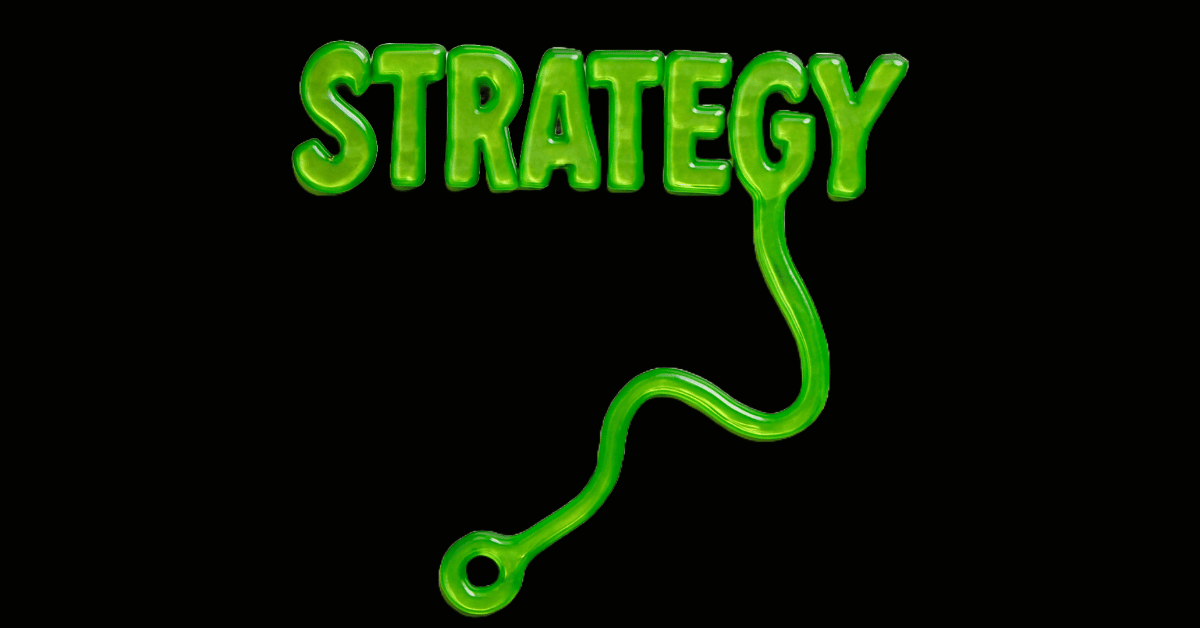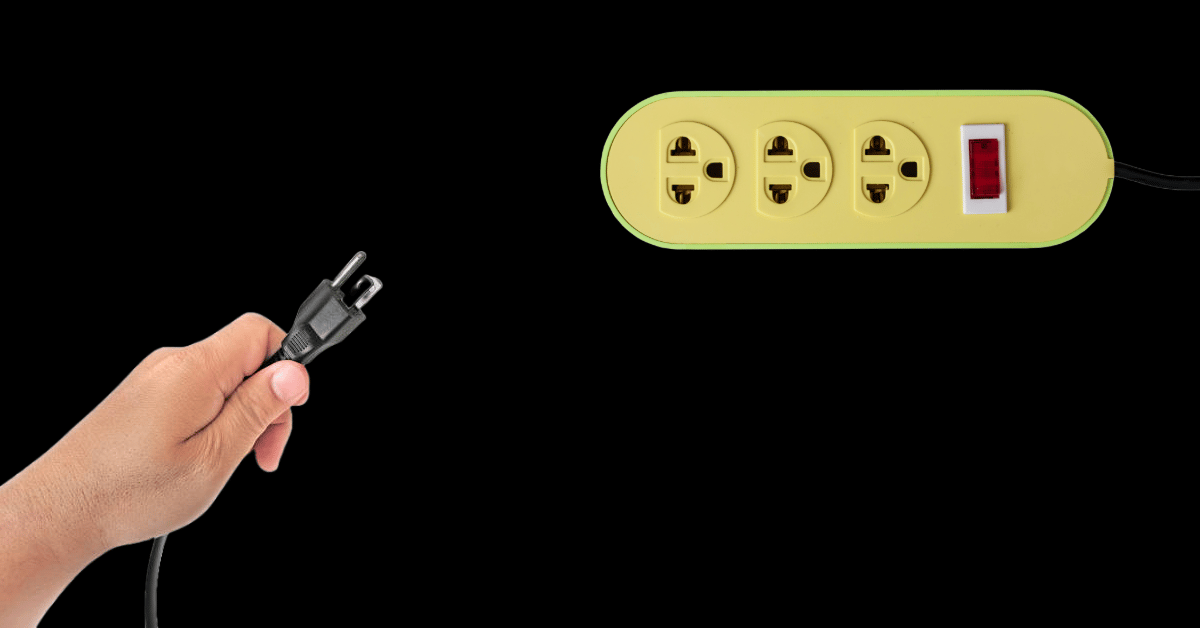
Ever launched a Meta ad campaign, crossed your fingers and toes, and then…crickets?
It can feel like you need the stars to align, a bit of witchcraft, and a whole lot of luck to see meaningful results. But if you know what ad formats work, how to set up your campaign, and what tweaks to make based on the numbers you’re seeing, suddenly your Meta ads start actually bringing in leads and sales.
If you want to start running ads that get you real results (rather than waste your money!) you won’t want to miss the Scale your Business Using Social Ads workshop next week. The last one sold out so you’ll want to grab your tickets before this one does.
- Charlotte Ellis, Editor ♡
WHAT’S HAPPENING IN MARKETING TODAY?
You can survive brain rot, Apple launches new word game & Cash App collabs with Timothée Chalamet

Can you opt out of the endless-loop internet? Or are you doomed to rot your brain with shortform video slop?
Little shortform vertical videos are making their way into every damn corner of the internet post the arrival and death grip hold of TikTok. Instagram, Pinterest, Spotify, Netflix even. The endless supply of attention wielding content is well-documented for causing brain rot. And with the impending onslaught of AI slop that will no doubt begin to dominate such videos, I can only imagine our attention is at higher risk of being robbed than ever before.
Vox has some tips to get unstuck. Listen to Vox.
An obvious balm is to take breaks. Go outside. Look at a tree. Feel the breeze on your face. Feel alive again. There are many apps that prompt you to put down the device.
Be intentional. If you autopilot open insta or TikTok because you don’t know what else to do, you’re probably tired and low on cognitive stimulation.
Think ahead. Communicate with your future self. What do they want at the end of the day and how will they get there? Doomscrolling probably isn’t part of the progress plan.
We’re all susceptible to the trap of the shiny, endless loop of dopamine videos on our phones. But sometimes, you gotta look up. The world has many beautiful things to offer.
Apple launches new emoji word game to take on Wordle and the NYT.
There seems to be a somewhat arms race in the adult games space (no, not that kind.) First the NYT acquired Wordle, then LinkedIn of all places started releasing games. Now Apple has thrown itself in the mix with Emoji Game. Which is basically Wordle but with emojis.
There’s yet to be a word game with the same level of virality as Wordle, hence the innovation and variation currently happening in the space. Designers are crafting new twists on the Wordle formula to find that next hit. Is Emoji Game that hit? Unlikely. But cool to see how the space is moving.
Timothée Chalamet for Cash App.
Uhhhh. I uhhh, wasn’t really paying attention. Sorry. Distracted.
Watch the spot here.
-Sophie Randell, Writer
DEEP DIVE
How to make your strategy stick

Early in your career, you probably thought your job as a strategist was to come up with the big ideas.
You know, the kind that gets your team nodding sagely and your CMO whispering “game changer” under their breath.
But here’s the hard truth: having the idea isn’t enough.
If your brilliant strat doesn’t get picked up, championed, executed and, hell, CELEBRATED, then it’s just another lonely pitch deck buried in someone's Google Drive, collecting digital dust next to "Q3 Growth Plan FINAL FINAL v7.pptx".
To make a strategy stick, like actually stick, you can’t just be a thinker.
You’ve got to be an advocate. An internal campaigner. A slightly annoying-but-extremely-effective hype machine. Because strategy without traction is just theory. And baby, we’re not getting paid in hypotheticals.
So, here’s your cheat sheet for turning smart thinking into actual action.
1. Tailor your pitch to the room
Seems obvious in theory, but in action, it can be harder than it sounds. And the reality is that your beautifully crafted strategy means nothing if the decision-makers don’t get it.
That means:
Finance cares about efficiency. Show them the ROI.
Sales wants ammo. Give them clear value props.
Your boss cares about results. Lead with impact.
Product wants feasibility. Loop them in early.
Don’t use the same 30-slide deck for every audience. Make micro-pitches. Learn the priorities of each stakeholder, and shape your messaging around what they care about, not what you care about.
2. Build a coalition early
People support what they help build. Instead of dropping your strategy like a mic at the end of a long ideation process, bring people in early.
Invite feedback. Run mini workshops. Gut-check your direction. Not because you're indecisive, but because inclusion breeds ownership. And ownership breeds action.
Think of it like this: You’re not just presenting a strategy. You’re rallying a crew.
3. Keep it juicy and memorable
If your strategy can’t be summed up in a sentence, it’s going to die a slow death in internal comms purgatory.
Develop a shorthand or mantra that your team can latch onto. Something sticky. Something people actually repeat at all-hands meetings and slap on slide footers. (“If it’s not shareable, it’s not scalable.”)
Don’t mistake this for dumbing it down. It’s about creating clarity, and clarity creates momentum.
4. Manage the momentum
You presented. You crushed it. Everyone clapped. Now what?
This is the danger zone: the post-deck limbo. Great strategies often fail because no one keeps the ball rolling. Your job isn't done after the applause. It’s just started.
Book the next check-in before you leave the room.
Assign owners and deadlines.
Set up a visible progress tracker.
Be politely persistent. (Okay, sometimes impolitely.)
You need to be the strategy’s project manager and its hype person.
5. Learn to speak “execution style”
If you want your strategy to survive, it has to be digestible to the people who will actually implement it.
That means:
Simplify the operational asks.
Avoid vague directives like “increase engagement” (what, where, how?).
Break the vision down into sprints, milestones, and dirty-but-doable tasks.
Partner with operators or producers who can help translate ambition into action. Make them your new best friend.
6. Don’t let it get dusty
Strategies age like milk in the wrong hands. If you're not actively updating, iterating, and communicating progress, people will assume it’s dead, or worse, irrelevant.
Schedule regular pulse checks:
What’s working?
What’s not?
What needs to be revised?
A strategy that evolves gets adopted. A static one just gathers dust.
7. Celebrate wins loudly
Even if it’s small, make noise. When your strategy moves the needle, on a metric, a mindset, or a product decision, document it and shout it from the Slack channels.
People love being part of a winning team. So, show them they're winning. And make the strategy the backbone of that win.
You’re not a lone ranger/ genius. You’re a strategic advocate.
The best strategists don’t just dream big. They build bridges, rally troops, and do whatever it takes to drag that dream across the finish line.
Because strategy isn’t just about what you think. It’s about what actually gets done, darling.
-Sophie Randell, Writer
TREND PLUG
Nothing beats a Jet2 holiday

Today's trending sound is a reminder that good intentions don't always work out.
It comes from an ad for Jet2, a holiday package company, and the tone is so obviously sales-y. The sound starts out with, "Nothing beats a Jet2 holiday..." and I'm sure, in the original ad, it was paired with footage of the trip of your dreams.
But it's gone viral for being paired with videos of holidays gone slightly off the rails, like when your seat on the plane doesn't exist. And now, it's taken on a life of its own and is no longer just for holidays gone wrong. It works for any situation where the idea was there, but the reality didn't quite meet expectations. For example:
How you can jump on this trend:
Start with this sound. Then, think of a situation where things didn't work out as planned. Pair the sound with video showing what the actual result was. No OST needed—just let the video say it all.
A few ideas to get you started:
When the video you posted got 11 views
When you tried to fix the spreadsheet but made it way, way worse
When you had a good hair day but got caught in the rain on the way to work
- Charlotte Ellis, Editor ♡
FOR THE GROUP CHAT
😂Yap’s funniest home videos: Cursed by the purse
✨Daily inspo: Consistency, Consistency, Consistency
🎧Soooo tingly: Chopping board ASMR
🍝What you should make for dinner tonight: Gordon Ramsay’s Pan Seared Salmon
ASK THE EDITOR

When setting the context for the video, how important is a hook and how quick should the context set up be? – Akriti
Hey Akriti,
Your audience should be able to tell what your video is about instantly. The very first frame needs to set the context, because otherwise people will swipe rather than sticking around to find out. In the first second of your video, the audience should already be able to see there's a story here that they need to see more of.
If you're having trouble knowing what this looks like, go spend some time watching content with intention. Pay attention to the videos that grab your attention and the ones that don't. Ask yourself, What are those things that make a hook effective or ineffective? Then use what you've learned and experiment until you figure it out for your own content.
- Charlotte Ellis, Editor ♡